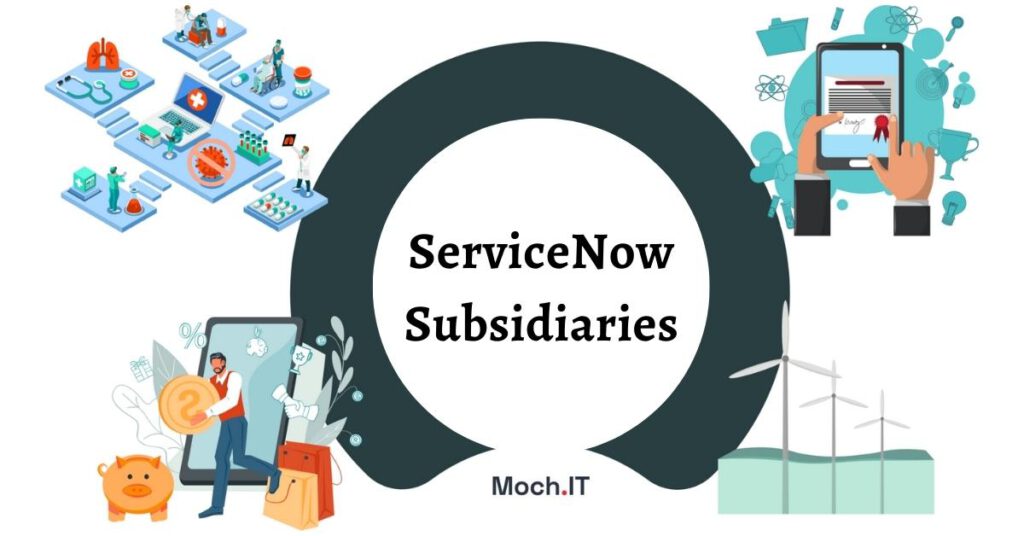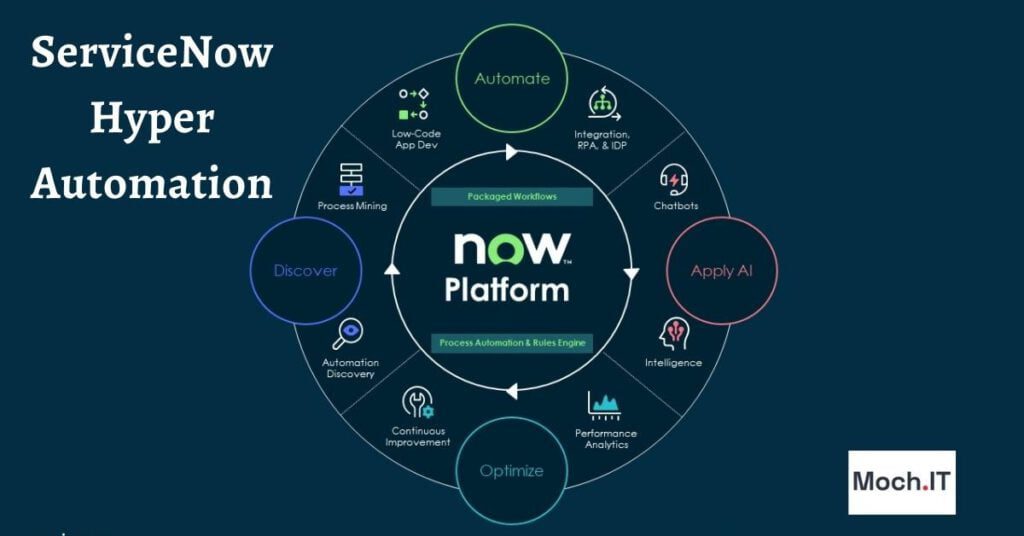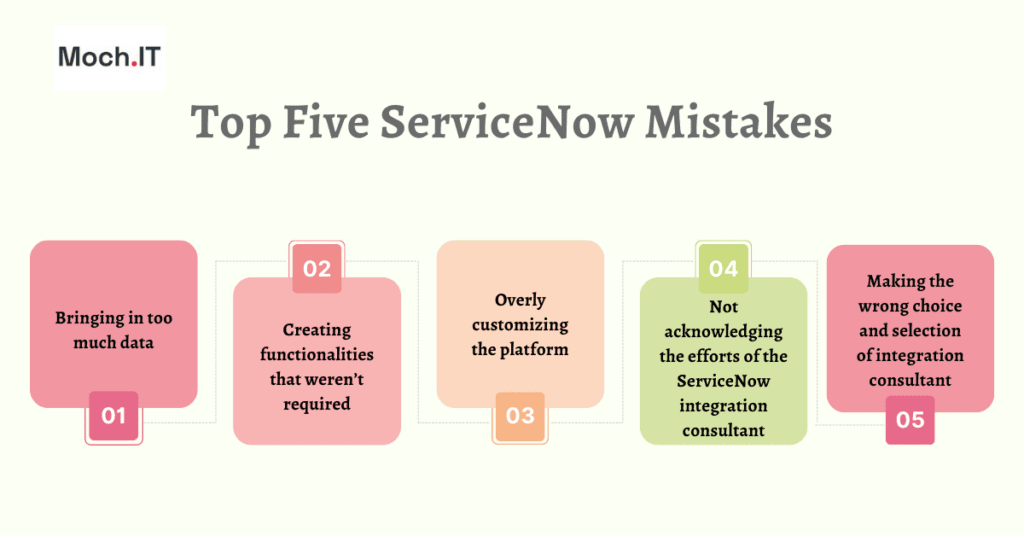The use of automation in IT has been on the rise for some time now, and this trend is only expected to continue. According to Gartner, the percentage of businesses using structured automation will rise from 20% in 2021 to 70% in 2025.
So in this blog, we will specifically learn about Robotic Process Automation (RPA) and deep dive into its uses and benefits to businesses.
Introduction of Robotic Process Automation (RPA)
The term “robotic process automation” (RPA) refers to the use of software to create automated workflows for business procedures based on predefined rules and data structures. With RPA software, a company can train a computer program, or “robot,” to perform tasks such as processing transactions, manipulating data, setting off responses, and interacting with other digital systems.
Scenarios involving robotic process automation (RPA) range from the simple automation of a single email response to the deployment of thousands of bots, all of which are trained to automate tasks in an enterprise resource planning system.
A growing number of CIOs are adopting RPA to streamline business processes and cut expenses. Businesses can save time and resources by automating routine rules-based business operations, allowing employees to focus on providing better service to clients or pursuing other high-value activities.
However, many people view RPA as a bridge between human labor and more advanced forms of automation like those made possible by machine learning (ML) and artificial intelligence (AI) tools, which can be taught to evaluate past inputs and predict future outcomes.
Uses of RPA
Robot Process Automation helps businesses increase profits, adaptability, and responsiveness by streamlining processes. Eliminating tedious, repetitive jobs boosts morale, dedication, and output in the workplace.
Robotic process automation (RPA) is a simple and painless way to hasten the pace of digital transformation. And it works excellent for automating processes across several legacy systems that don’t have application programming interfaces, VDI, or database access.
Kofax, an expert in intelligent automation, says the idea is straightforward: have workers focus on their strengths while machines take care of weaknesses. Moreover, bots are often inexpensive and straightforward, needing neither specialized software nor extensive system changes.
In addition, RPA provides multiple benefits such as;
- Using RPA, new automation systems may be developed, tested, and put into service in a matter of hours instead of days or months.
- With RPA, you no longer have to manually enter the same information into numerous systems, which is a significant source of human error.
- Robotic process automation (RPA) allows you to finish repetitive operations in mere minutes, no matter the time of day or night.
Such qualities are essential when businesses strive for expansion without incurring high new costs or causing tension among employees.
RPA As The Most Rapidly Expanding Business Software
It’s easy to see why RPA adoption is increasing worldwide when you consider its measurable benefit of RPA and how simple it is to install compared to other enterprise technologies.
As a result of RPA, businesses in many different sectors will be able to solve their unique operational difficulties effectively and efficiently.
Finance, customer service management, marketing, and human resources managers all report that RPA has boosted capacity, sped up turnaround, and reduced mistake rates in their most important activities.
CFOs can get a rapid return on investment (ROI) from RPA technology investments with relatively low initial outlays compared to other enterprise technologies.
CIOs are confident that RPA can be adopted with minimal fuss. RPA has become a significant force in the transition to digital because software robots can integrate with pre-existing infrastructures.
Additionally, current RPA tools provide enterprise-ready, scalable platforms. It’s also simple for workers to incorporate robot assistance into their workflow. The low-code approach of RPA makes it possible for anyone to become a citizen developer and build straightforward automation.
AI VS RPA
Automation through robotics is not artificial intelligence (AI), and AI is not robotic process automation (RPA). However, integrating RPA and AI presents fresh possibilities for companies of all sizes.
RPA technology has allowed it to include sophisticated AI capabilities in RPA robots. These capabilities include machine learning models, NLP, character and picture recognition, and more. Incorporating these AI features into robots increases their capacity to do cognitive tasks that necessitate, among other things:
- Acquiring knowledge from semi-structured or unstructured documents
- Imagine several kinds of displays (including virtual desktops)
- Understand the language and carry in talks and discussions
Through RPA tools like process mining, AI also enables the systematic identification of a comprehensive set of automation opportunities and the construction of a solid automation pipeline.
For many businesses, RPA is the “final mile” of AI, allowing them to quickly and efficiently incorporate AI into their frontline operations and decision-making. To incorporate machine intelligence into routine tasks, robots can be programmed to execute machine learning models that can be used in automated decision-making processes and analytics.
7 Top RPA Tools
The RPA market includes brand-new, dedicated software and more established programs that have been updated to include automation-friendly capabilities. Some of these began as tools for corporate process management.
Workflow automation and work process management are terms used by some suppliers to describe their products. According to Forrester, the RPA software market will increase from $2.4 billion in 2021 to $6.5 billion in 2025.
Among the most famous providers of RPA software are:
- Appian
- Automation Anywhere
- AutomationEdge
- Blue Prism
- Cyclone Robotics
- Datamatics
- EdgeVerve Systems
05 Robotic Process Automation Tips
The complexity of existing business processes and the effort necessary to adapt to the new ways of working might make RPA implementation difficult. With any luck, the following tips will be helpful to your company:
- Manage Your Expectations
While RPA has the potential for rapid success, scaling it to meet production demands is entirely different. Mismanaged expectations are a common cause of RPA problems. Companies selling RPA software and consulting firms offering RPA implementation services have yet to help their cause with their grandiose boasts. That’s why it’s so crucial for CIOs to approach the situation with a healthy dose of optimism. - Take Business Impact Into Account Robotic process automation (RPA) is commonly promoted to increase ROI or decrease expenses. However, it can also be utilized to enhance the quality of the service provided to the client. Thousands of customer care representatives may be employed by a company like an airline, but it doesn’t mean customers won’t have to wait to answer their call. A chatbot can shorten your wait time.
- Merge With IT Department CEOs were among the earliest users of robotic process automation. Many businesses have turned to IT for assistance after purchasing RPA but stumbling during implementation (and forgiveness). With the help of cloud-based software, “citizen developers” who lack the necessary technical training can apply RPA directly within their departments.
- The CIO will typically intervene to prevent this from happening. Leaders in the business world should consult with IT early on to ensure they have access to the necessary tools.
- Control Ensures Compliance Even when dealing with just one bot, and there are several administrative hurdles to overcome. A customer of Deloitte’s spent multiple meetings attempting to figure out whether or not their bot was male or female, a legitimate gender question that yet needed to take into account human resources, ethics, and other areas of compliance.
- Establish A World-Class RPA Center The most fruitful robotic process automation (RPA) rollouts have a dedicated center of excellence staffed by individuals tasked with ensuring the success of efficiency initiatives across the business.
- However, only a few businesses can afford to do this. The RPA center of excellence creates business cases and tracks performance against these benchmarks to optimize costs and increase returns.
Last Lines:
The use of RPA has the potential to increase productivity in businesses in many different ways. With RPA, routine tasks previously handled by humans can now be completed automatically, saving valuable time and effort.
Furthermore, data entry errors, which slow down processing times, compromise compliance and negatively affect the customer experience, can be avoided using RPA, freeing employees’ attention for more meaningful tasks. Here you can get ServiceNow Experts.



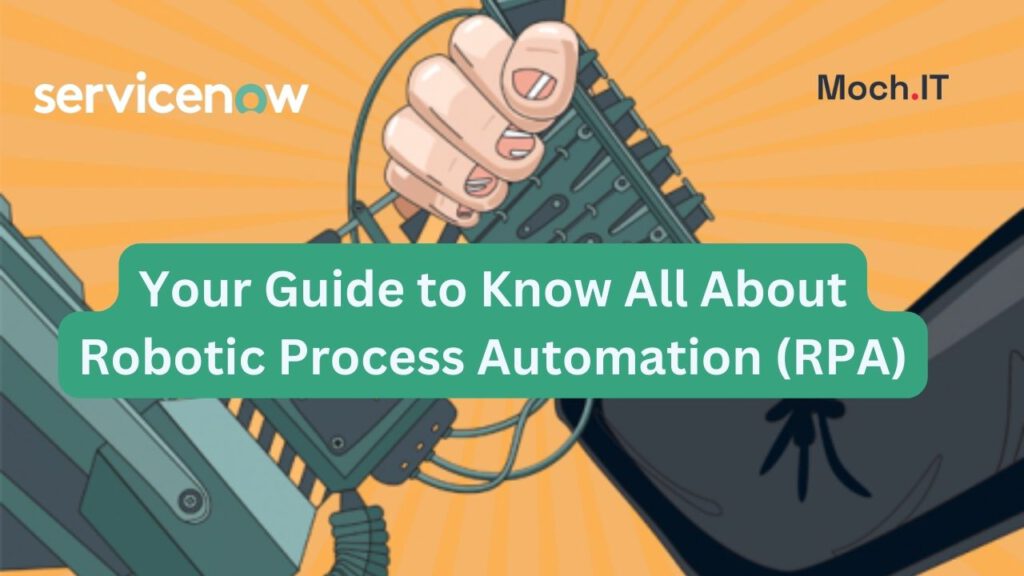
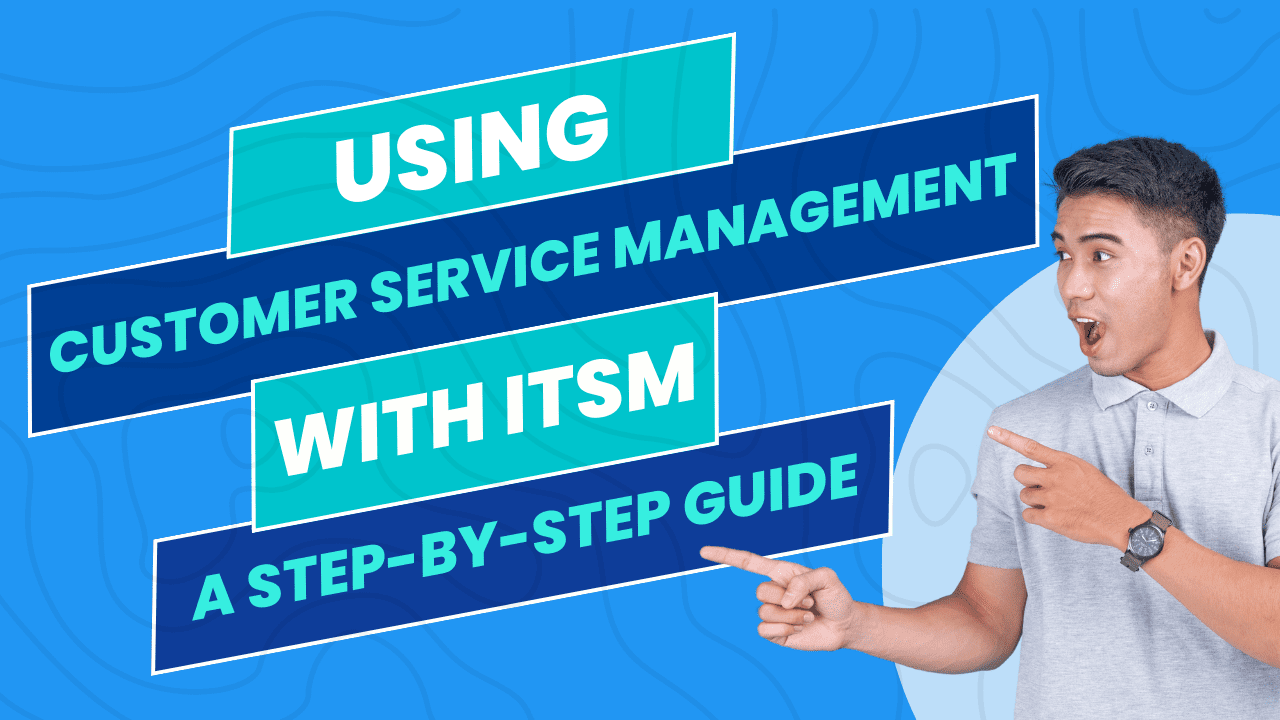

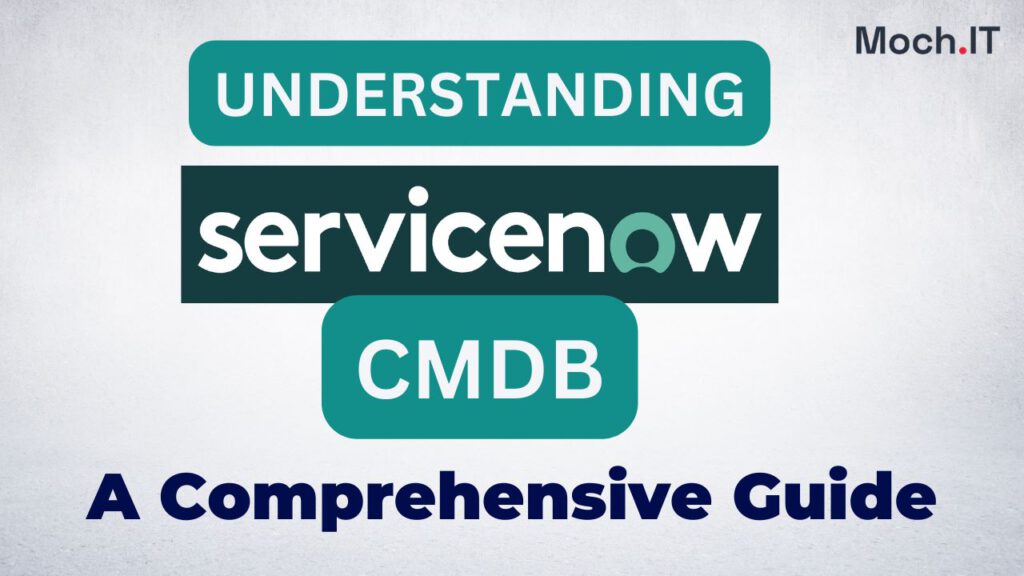
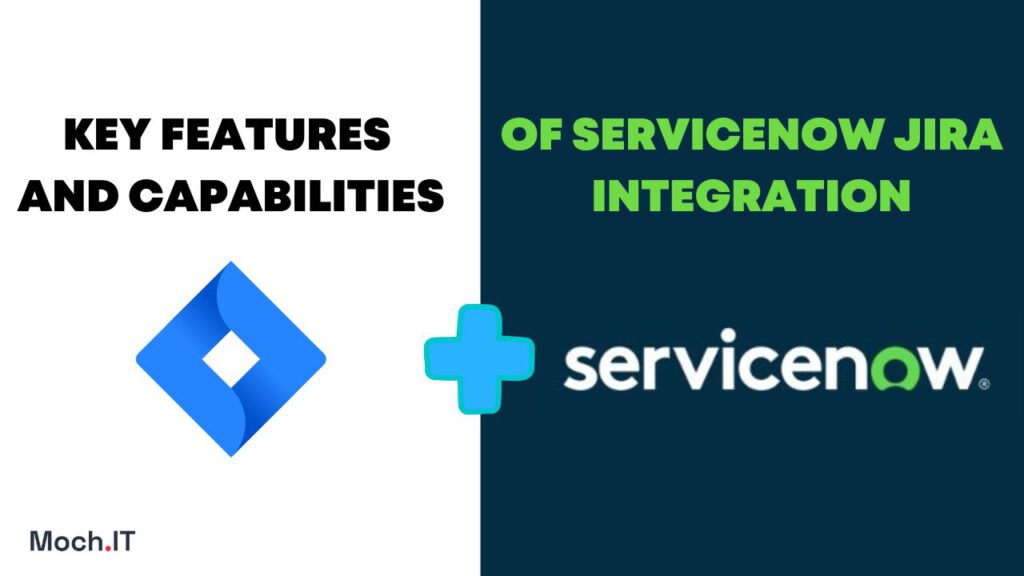
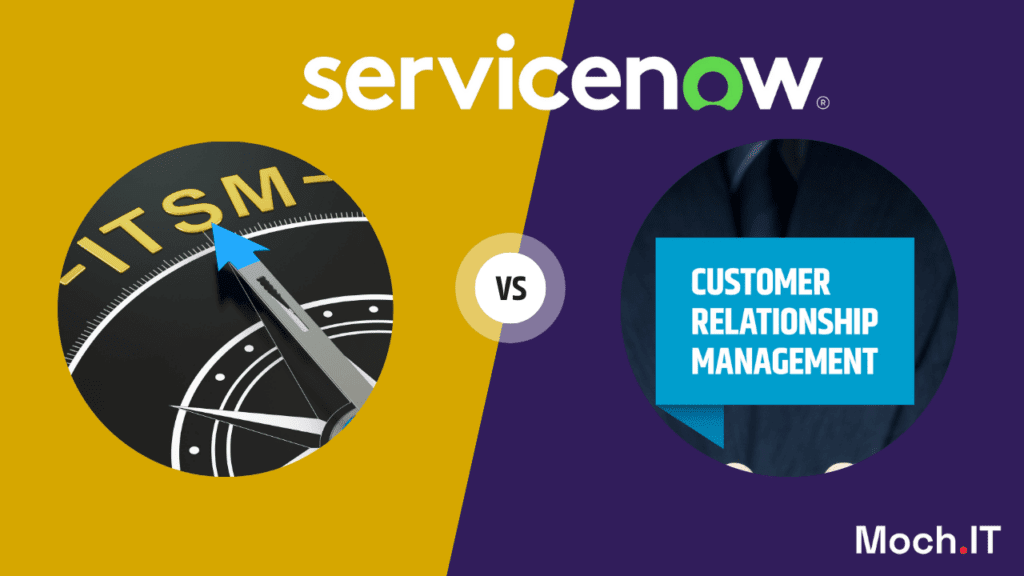

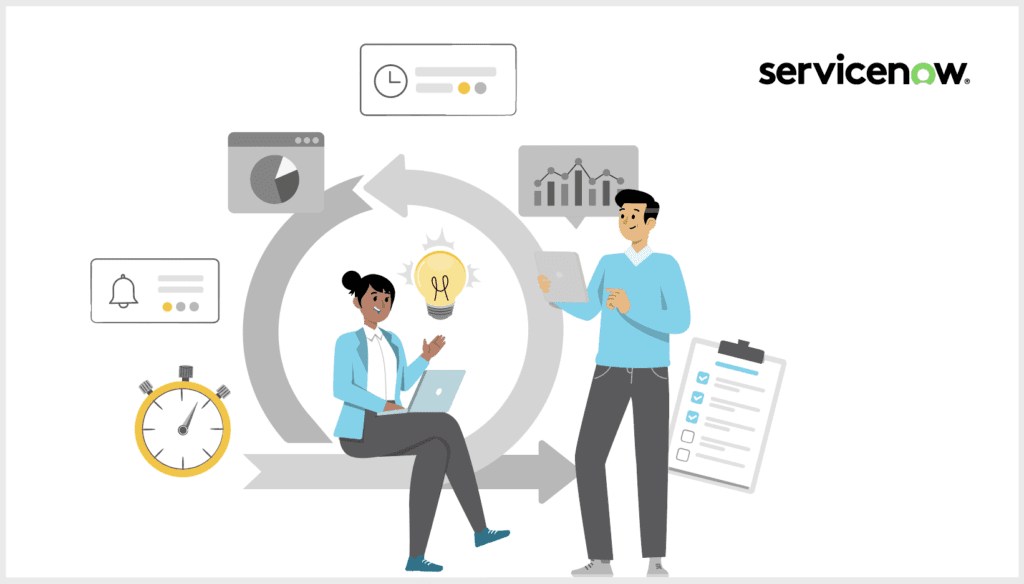




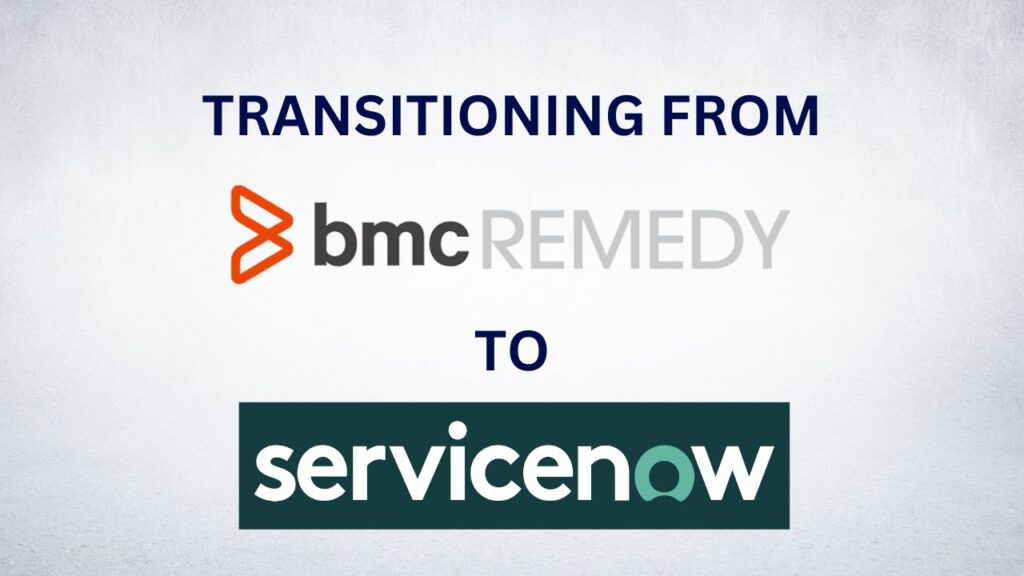
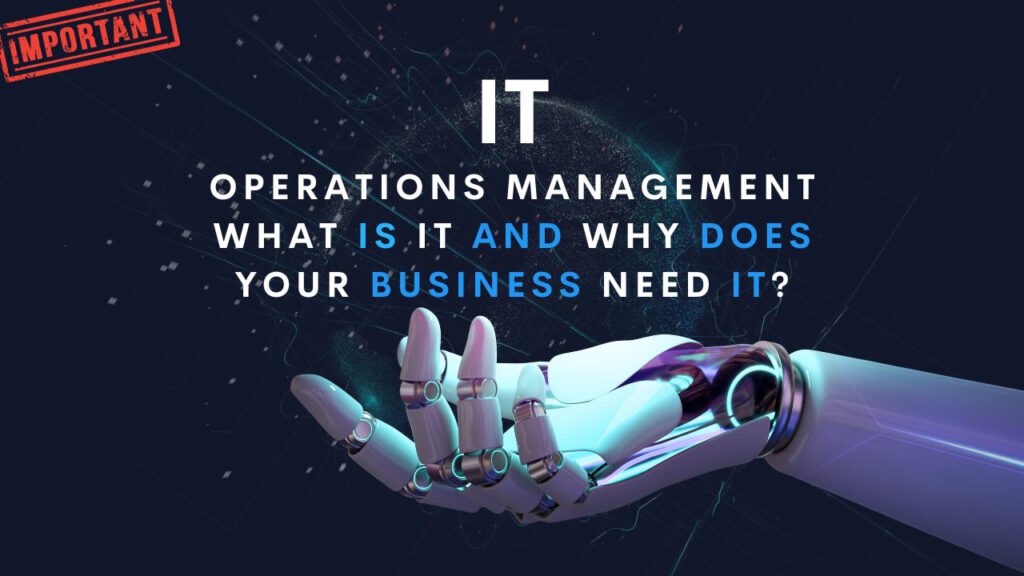

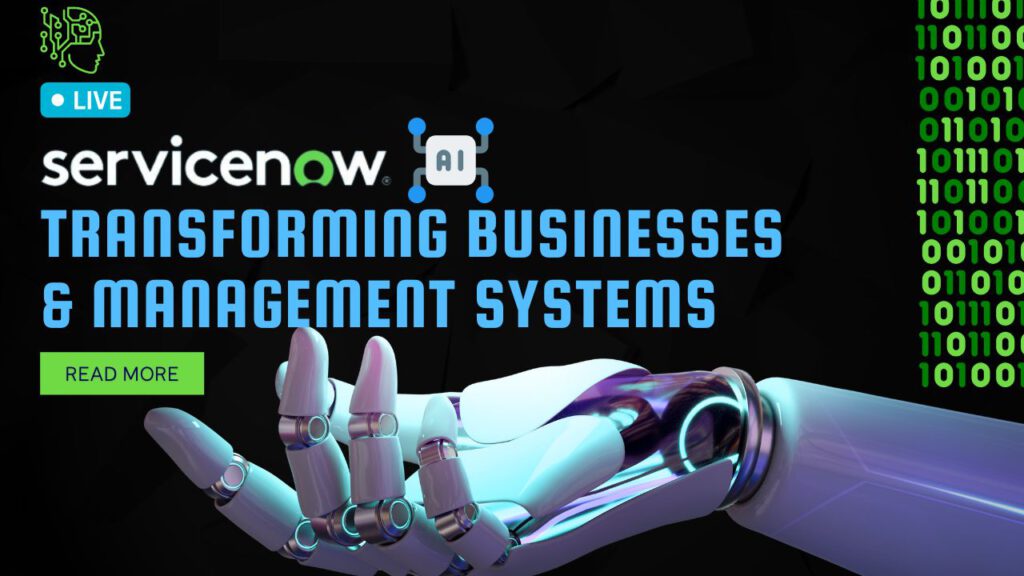
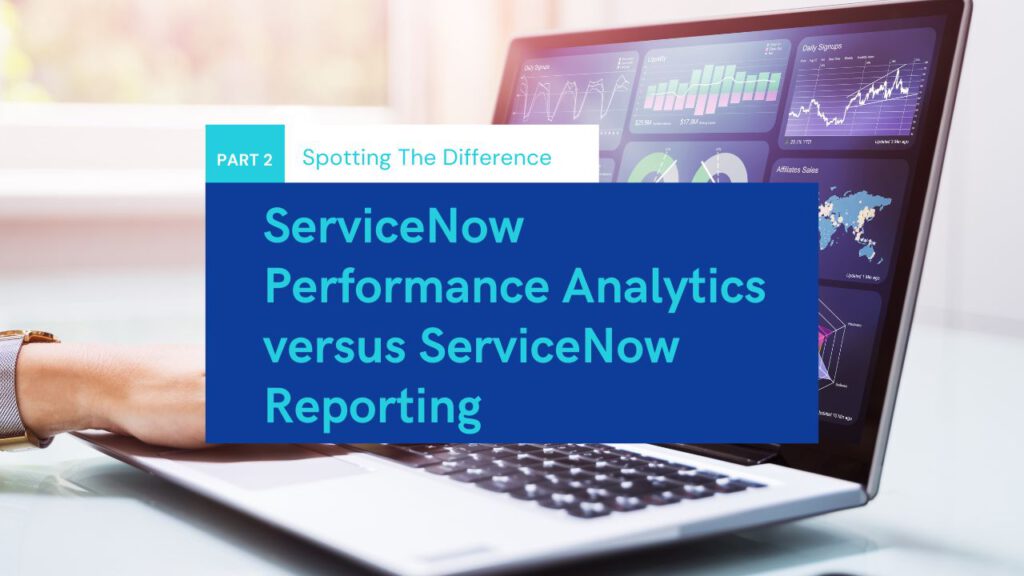
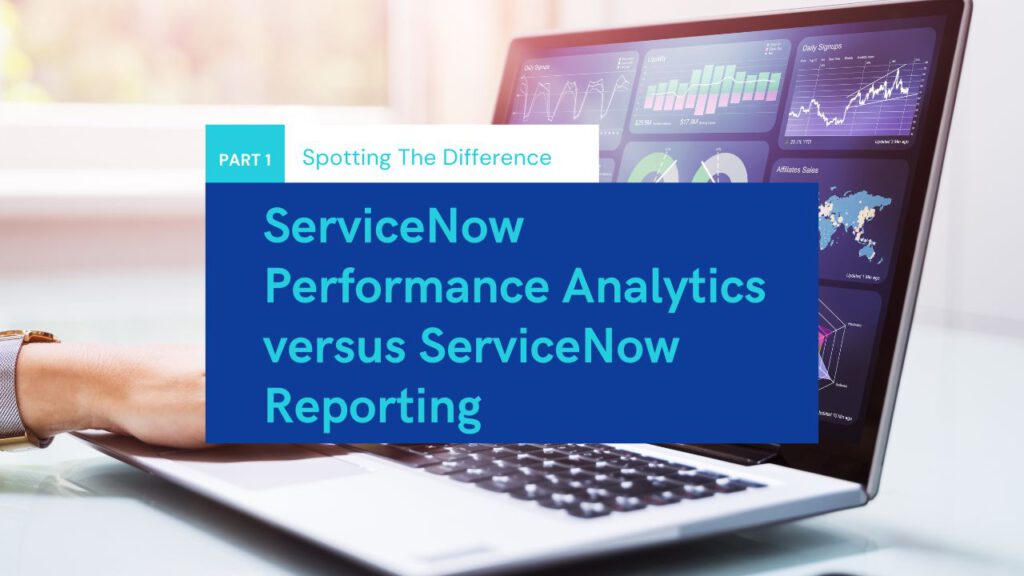
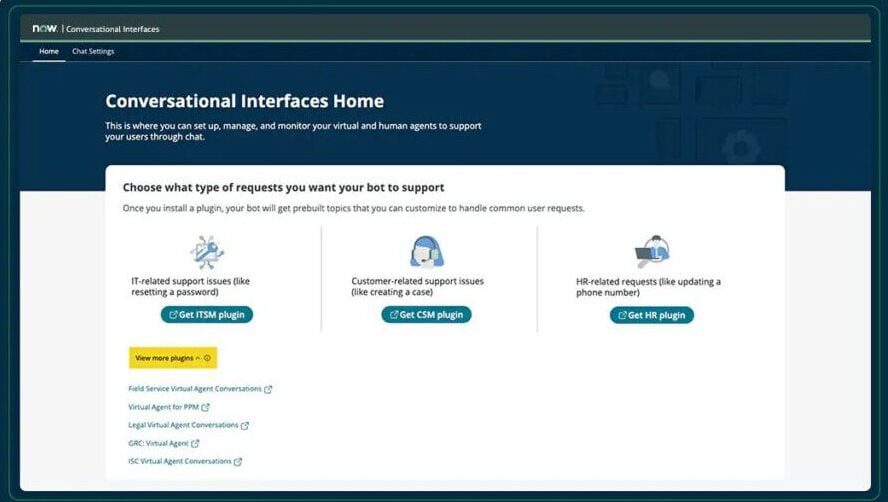
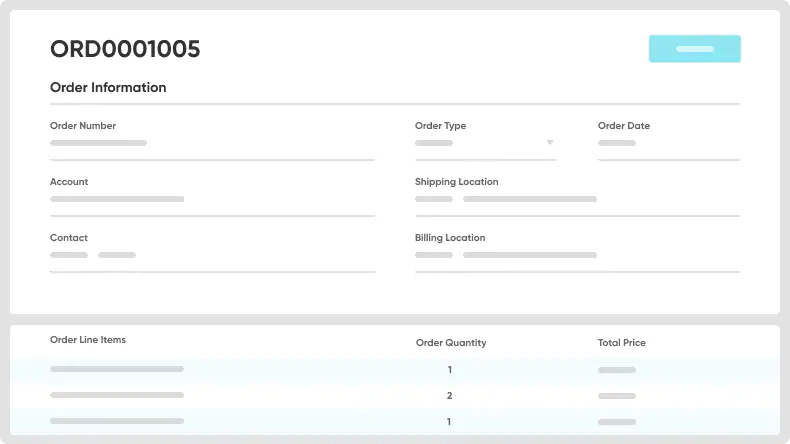
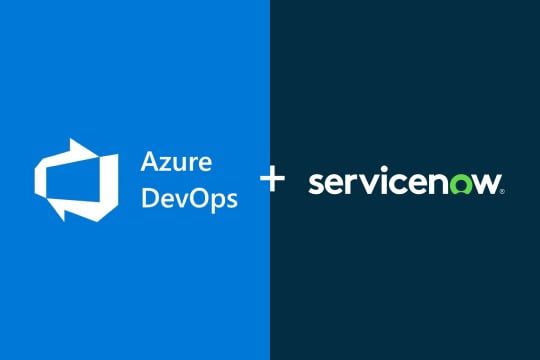

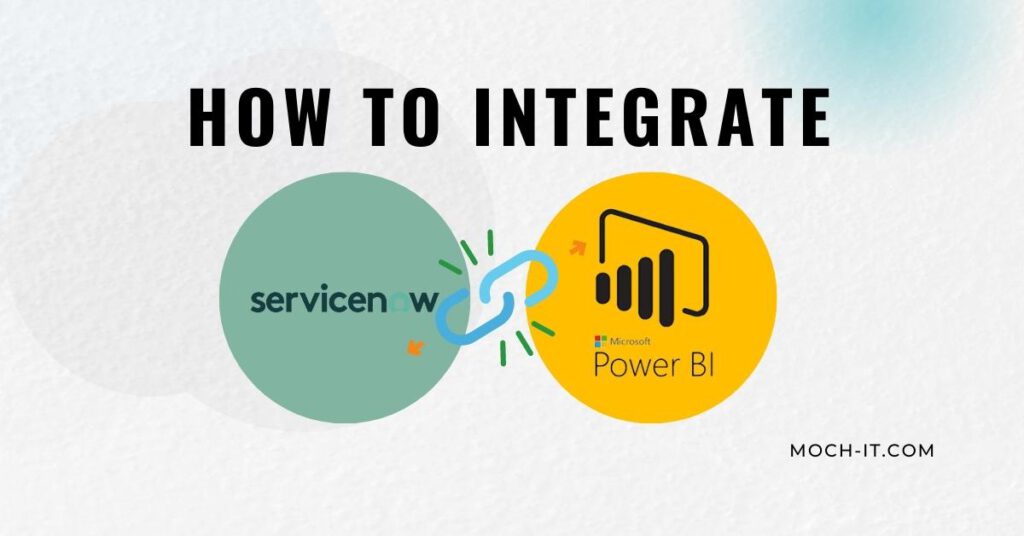



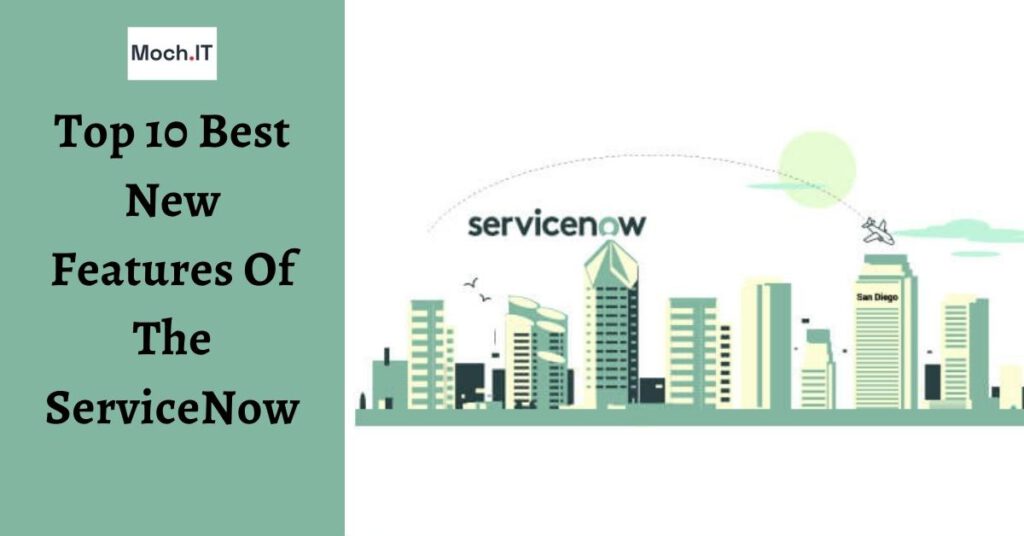
![Servicenow Latest Version: [ A Guide ]](https://moch-it.com/wp-content/uploads/2022/09/Servicenow-Latest-Version-1024x536-1.jpg)
